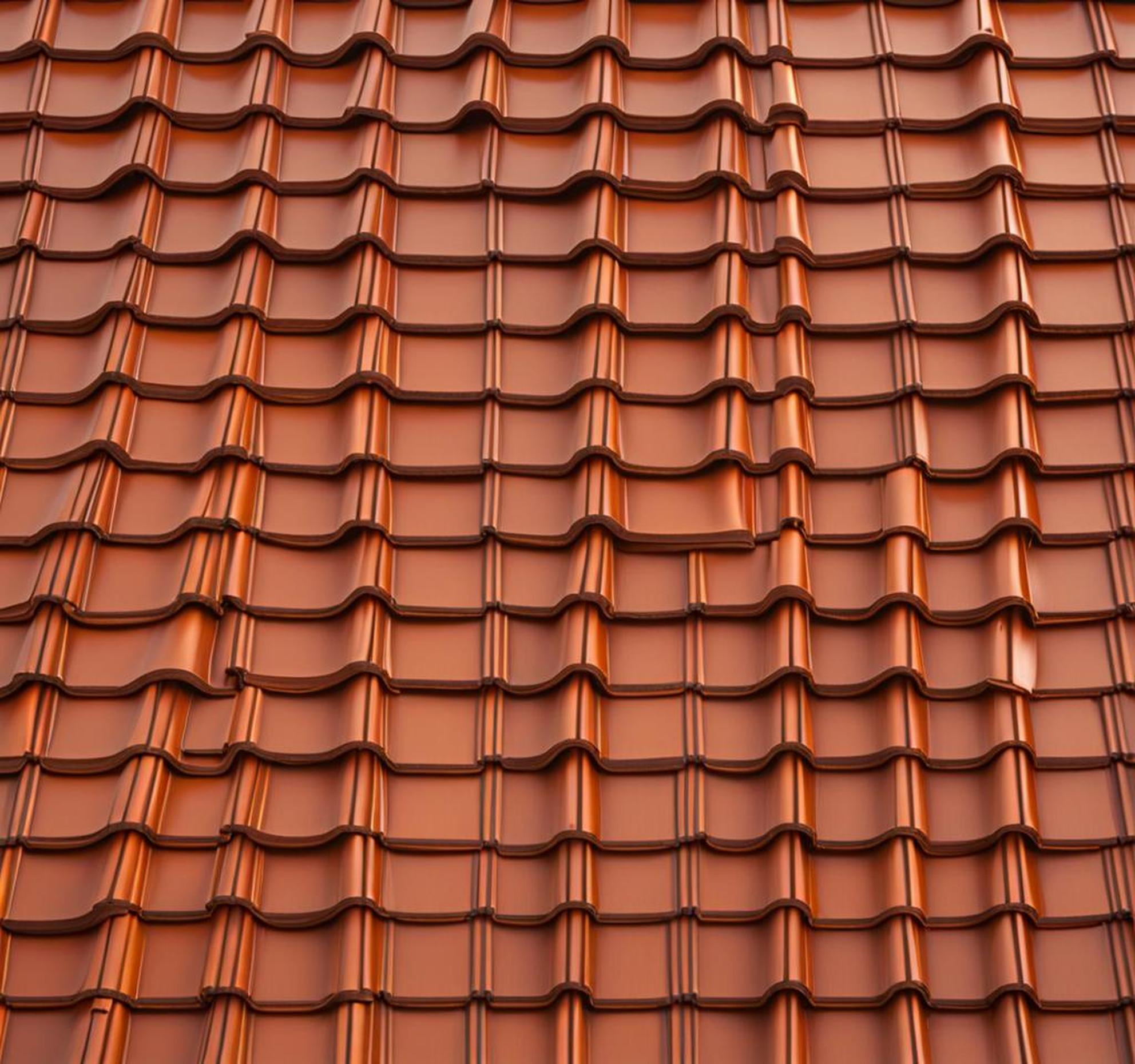Installing the right roof underlayment is an important decision for any homeowner. Underlayment creates a secondary layer of waterproofing protection under the primary roof covering and can help prevent damage from leaks over time. With many different types of underlayment materials available, it’s essential to understand the pros and cons of each to choose the best option for your roof and climate.
What is Roof Underlayment?
Roof underlayment is a sheet material that is installed under shingles, metal roofing, or other roof covering materials. It serves several important functions:
- Adds an extra waterproof barrier to prevent leaks
- Creates a layer of protection against wind, moisture, and UV rays
- Helps insulate the roof deck and reduce noise
- Allows the roof covering to slide into place more easily during installation
Underlayment is required by building codes for roof assemblies as an added safeguard against water infiltration past the primary roof covering. It also improves the lifespan and performance of the roof. The most common types of underlayment materials are asphalt-saturated felts, synthetic underlayments, and rubberized asphalt underlayments.

Types of Roof Underlayment
Asphalt-Saturated Organic Felt
Asphalt-saturated felt underlayment has been used in roofing for over a century. It is made from recycled paper, fiberglass, or recycled plastic fibers that are saturated with asphalt. The asphalt coating makes it water resistant while the fibers provide strength. Asphalt felt is affordable and readily available.
The pros of asphalt underlayment are that it is inexpensive, compatible with most roofing materials, and easy to install using staples. However, the cons are that it absorbs moisture, can tear more easily, and has a shorter lifespan of around 10-15 years.
Synthetic Polymer Underlayment
Synthetic underlayments emerged in the 1990s as an alternative to asphalt felt. They are made from woven or non-woven polypropylene or polyethylene polymers. These materials create a waterproof, tear-resistant membrane that is lighter and easier to install than traditional felt.
The benefits of synthetic underlayment are durability, longevity, and improved water shedding ability. They also resist temperature extremes better than asphalt. The downside is they typically have a higher upfront cost.
Rubberized Asphalt Underlayment
Rubberized asphalt underlayments, also called self-adhering underlayments, consist of an asphalt compound blended with rubber polymers. The rubber makes the material extremely flexible and able to stretch and move with the roof.
These underlayments form a fully adhered, watertight layer on the roof deck. The rubber polymers make them extremely waterproof. They also resist punctures and tears. The drawback is that they are more expensive than other options.
Factors to Consider When Choosing Underlayment
Climate and Weather Conditions
The climate and typical weather patterns in your area should influence your underlayment selection. In regions with substantial temperature fluctuations between seasons, rubberized asphalt or synthetic polymer underlayments are a better choice than asphalt felt, which can become brittle and crack in extreme cold.
In damp climates prone to heavy rain and storms, a highly waterproof self-adhering underlayment would be preferred. Underlayments resistant to high winds are also recommended for hurricane-prone areas.
Type of Roof Covering
The roof covering material also impacts the underlayment decision. For asphalt shingles, asphalt-saturated felt and rubberized asphalt work well. The temperature resistance of synthetics makes them better for metal roofs. Always ensure the underlayment product is approved and warranted for use with your specific roof type.
Budget
Product cost and installation cost are considerations for any home improvement project. Asphalt underlayments provide reliable performance at the lowest cost in most cases. Rubberized asphalt and premium synthetics carry a higher upfront investment but can pay off long-term through increased durability and lifespan.
Priorities
Before selecting an underlayment, decide your top priorities. If longevity and durability are most important, premium synthetics may be the way to go. For optimal leak protection, self-adhering rubberized asphalt is hard to beat. Noise reduction is another factor, as soft underlayments dampen sound better.
Proper Underlayment Installation
To achieve the full benefits of underlayment, it’s essential to install it correctly according to manufacturer specifications:
- Stagger seams and overlaps to shed water
- Seal seams and edges thoroughly
- Use compatible fasteners and adhesives
- Ensure complete coverage on the roof deck
Proper underlayment installation ensures your roof system performs as intended. It’s a good idea to have a professional roofer handle underlayment installation if you are not experienced doing it yourself.
FAQs About Roof Underlayment
What are the IRC codes for underlayment?
The International Residential Code (IRC) provides guidelines on required underlayment materials, minimum overlaps, and proper fastening based on roof type and pitch.
How long does underlayment last?
The lifespan of underlayment varies based on material. Asphalt felt lasts 10-15 years typically while synthetics can last over 50 years. Proper installation also impacts durability.
Can you install new shingles over old underlayment?
In some cases it is possible to install new asphalt shingles over an existing underlayment, but it is not recommended. Tearing off old underlayment allows for inspection and replacement of any damaged roof deck.
Underlayment is attached using roofing nails, plastic cap nails, or adhesive depending on the material and roof slope. Following the manufacturer’s instructions is important.
Installing the optimal underlayment for your roof is an important step in protecting your home from water damage and leaks over time. With a variety of materials available, be sure to weigh the benefits and costs of each type to make the right choice based on your climate, budget, and priorities.
Paying attention to proper installation guidelines ensures your roof underlayment can effectively serve as a waterproof barrier beneath your shingles or other roof covering. A high-quality underlayment appropriate for your specific situation will go a long way in safeguarding your home.
